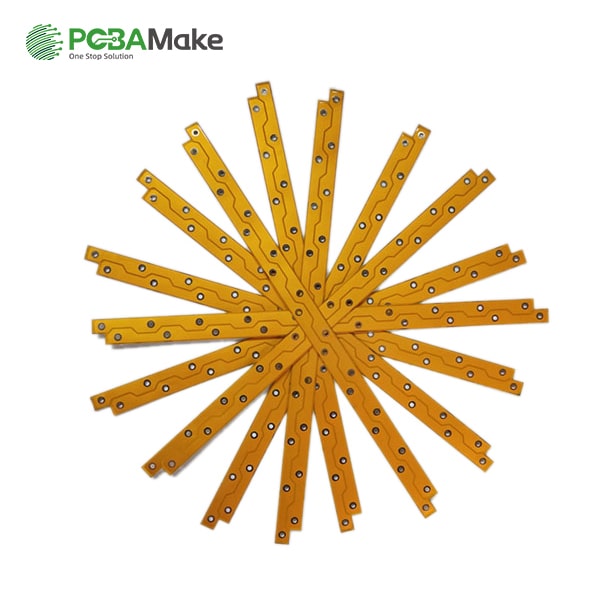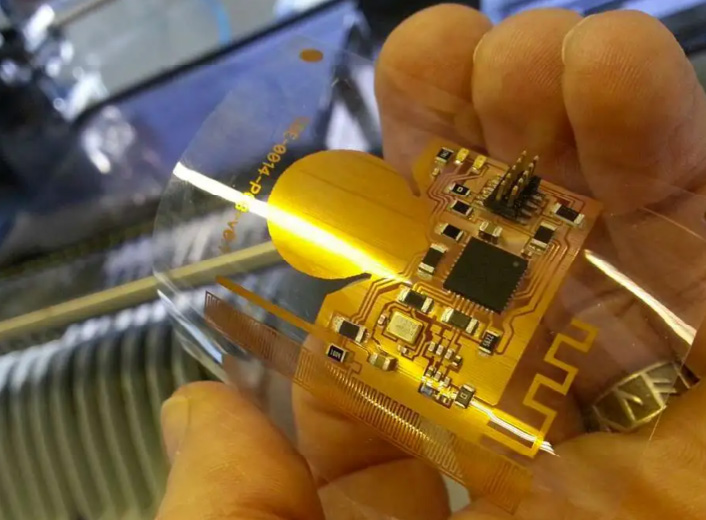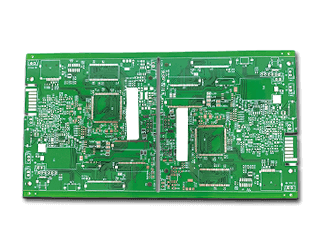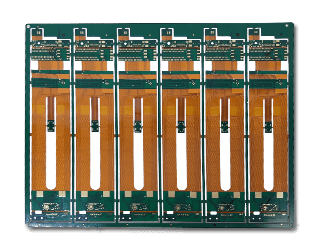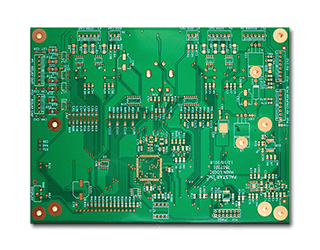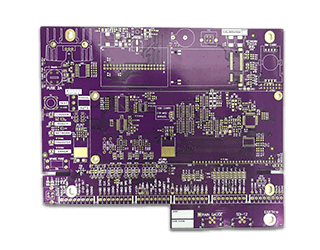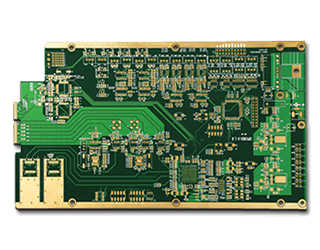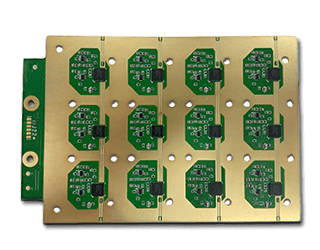What is Flexible PCB?
Flexible printed circuit boards, also called Flexible PCBs or Flex PCBs.
They are constructed from flexible, high-performance plastic material.Flexible PCB that can be bent or twisted without damaging the circuit.This flexibility allows them to be used in a wide range of applications.
Flexible PCB can be freely bent, wound, and folded, can be arranged arbitrarily according to the space layout requirements, and can be moved and stretched arbitrarily in three-dimensional space, so as to achieve the integration of component assembly and wire connection. The use of Flexible PCB can greatly reduce thae volume of electronic products, which is suitable for the development of electronic products in the direction of high density, miniaturization and high reliability. Therefore, Flexible PCB has been widely used in aerospace, military, mobile communications, laptop computers, computer peripherals, PDAs, digital cameras and other fields or products.







